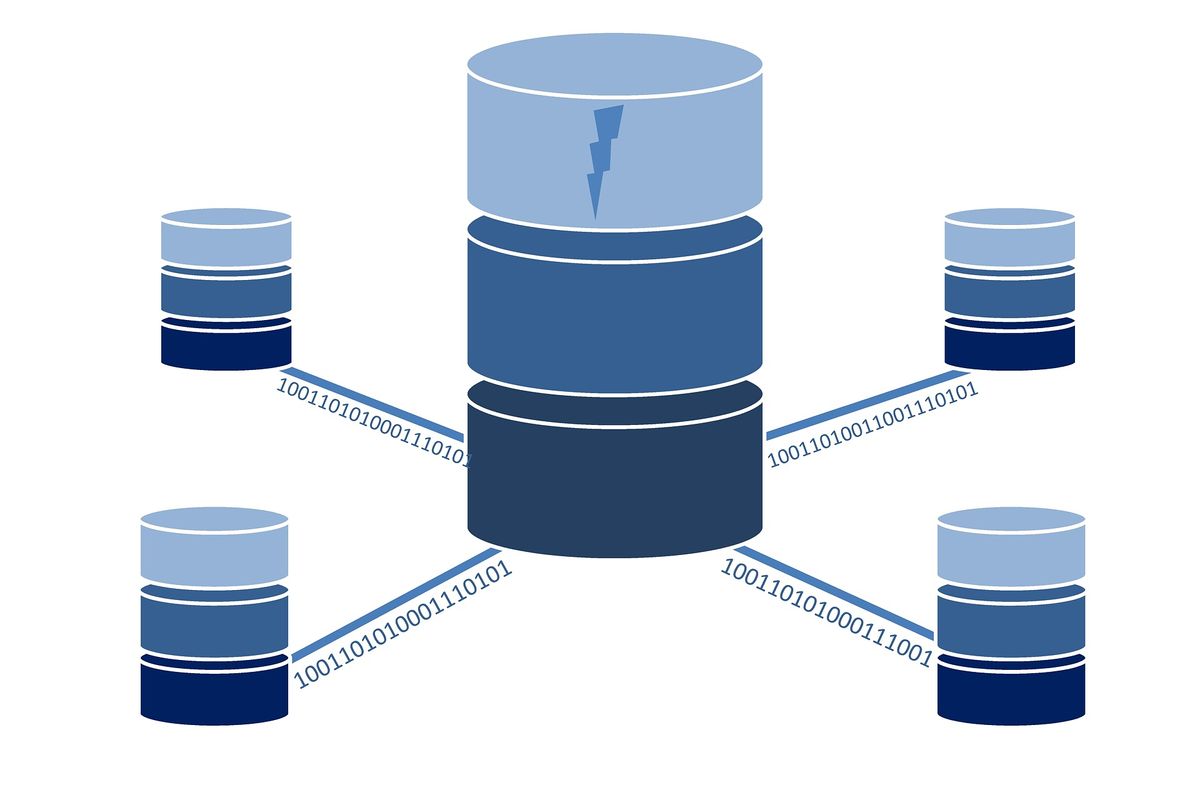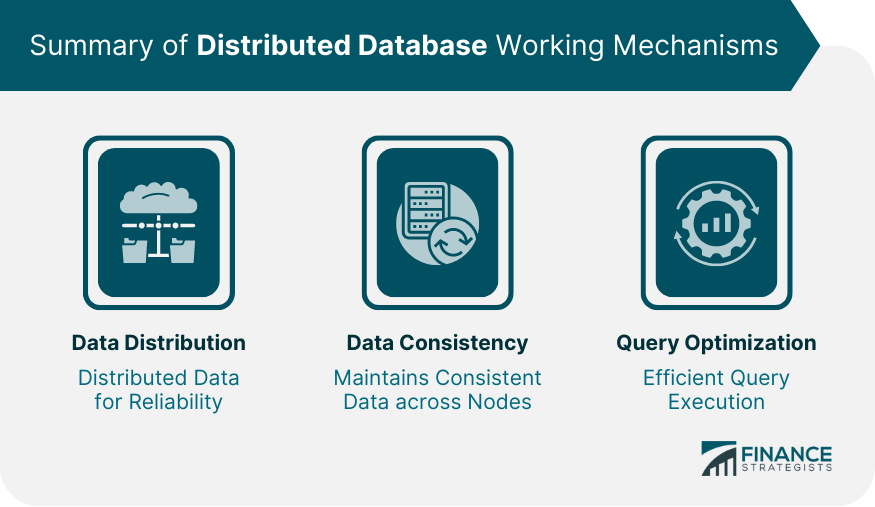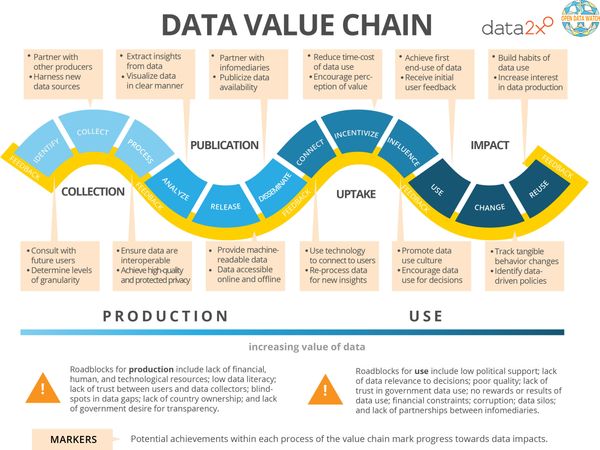Overview
Definition of database statistics
Database statistics play a crucial role in performance optimization by providing valuable information about the data distribution and usage patterns within a database. They are essential for query optimization, as they help the query optimizer make informed decisions about the most efficient execution plans. Database statistics provide insights into the distribution of values in database columns, which helps the optimizer estimate the selectivity of predicates and choose the most appropriate join algorithms. By analyzing database statistics, performance tuning experts can identify potential bottlenecks and optimize the software infrastructures to improve overall system performance.
Importance of database statistics
The importance of database statistics cannot be overstated when it comes to performance optimization. Database statistics provide crucial information about the distribution of data within a database, which allows the query optimizer to make informed decisions about the most efficient query execution plan. One of the key factors in ensuring accurate database statistics is the SQL Server configuration. By properly configuring SQL Server, you can ensure that the statistics are up to date and reflect the current state of the data. This, in turn, leads to better query performance and overall system efficiency.
Types of database statistics
Database statistics play a crucial role in performance optimization. They provide valuable information about the distribution of data within a database, which helps in making informed decisions regarding query optimization and resource allocation. There are different types of database statistics that can be collected, such as table statistics, index statistics, and system statistics. Table statistics provide information about the number of rows, the size of the table, and the distribution of data within the table. Index statistics, on the other hand, provide information about the distribution of data within an index, such as the number of leaf nodes and the average number of entries per leaf node. System statistics provide information about the overall performance of the database system, such as the average response time and the number of transactions per second. By analyzing these statistics, database administrators can identify performance bottlenecks and take appropriate measures to optimize the performance of the database.
Collecting Database Statistics

Methods for collecting database statistics
Database statistics play a crucial role in performance optimization. They provide valuable insights into the state of the database and help identify areas for improvement. One of the key methods for collecting database statistics is data management. This involves gathering and analyzing data about the database, such as the number of records, the size of the database, and the distribution of data. Data management allows for better decision-making and helps optimize the performance of the database. By collecting and analyzing database statistics, organizations can identify bottlenecks, optimize queries, and improve overall system performance.
Automated vs manual collection
Automated collection of database statistics refers to the process of gathering information about the performance and characteristics of a database management system using automated tools and techniques. This approach eliminates the need for manual intervention and ensures that accurate and up-to-date statistics are collected regularly. On the other hand, manual collection involves the manual execution of commands or queries to gather statistics. While this method provides more control and flexibility, it can be time-consuming and error-prone. Therefore, the choice between automated and manual collection depends on the specific requirements and constraints of the database environment.
Best practices for collecting statistics
Database views provide numerous benefits in terms of performance optimization. By creating views, you can simplify complex queries, improve query execution time, and enhance overall database performance. Views can also help in reducing redundant data and improving data consistency. Additionally, views allow for data abstraction, making it easier to work with complex database structures. Overall, incorporating database views into your performance optimization strategy can greatly enhance the efficiency and effectiveness of your database operations.
Analyzing Database Statistics

Tools for analyzing database statistics
Database administrators rely on various tools for analyzing database statistics to optimize performance. One of the most widely used tools is Oracle database performance tuning. This tool helps administrators identify and resolve performance issues by analyzing database statistics and making necessary adjustments. By using Oracle database performance tuning, administrators can improve the overall efficiency and responsiveness of the database system. With its powerful features and comprehensive analysis capabilities, Oracle database performance tuning is an essential tool in the arsenal of any database administrator.
Interpreting database statistics
Interpreting database statistics is crucial for performance optimization. By analyzing the data collected from the database, organizations can gain valuable insights into the performance of their systems and identify areas for improvement. Database statistics provide information on various aspects, such as the distribution of data, the presence of indexes, and the usage of resources. This information allows database administrators and developers to make informed decisions and implement strategies to optimize the performance of the database. The importance of data governance cannot be overstated in this process. Data governance ensures that the data is accurate, consistent, and secure, which is essential for reliable database statistics. Therefore, understanding and interpreting database statistics, along with maintaining proper data governance practices, is vital for achieving optimal performance in database systems.
Identifying performance bottlenecks
Identifying performance bottlenecks is a crucial step in optimizing the performance of a database. By identifying the specific areas that are causing slowdowns or inefficiencies, database administrators can take targeted actions to improve overall performance. This process involves analyzing various factors such as query execution times, resource utilization, and database statistics. Database statistics play a significant role in identifying performance bottlenecks as they provide insights into the distribution of data, the cardinality of indexes, and the effectiveness of query plans. By analyzing these statistics, administrators can identify areas where optimizations are needed and make informed decisions to enhance the database’s performance.
Optimizing Performance with Database Statistics

Using statistics to optimize query execution
Using statistics to optimize query execution is crucial for achieving query performance optimization. By analyzing database statistics, such as index usage, table cardinality, and data distribution, database administrators can make informed decisions on query optimization strategies. Statistics provide valuable insights into the data distribution and help identify potential performance bottlenecks. Query performance optimization is a continuous process that involves monitoring and analyzing statistics to ensure efficient query execution.
Indexing strategies based on statistics
Indexing strategies based on statistics play a crucial role in performance optimization. By analyzing database statistics, developers can determine the most efficient way to index their data, improving query performance and overall system efficiency. These statistics provide valuable insights into the distribution and cardinality of data, enabling developers to make informed decisions about indexing strategies. By leveraging statistics, developers can create indexes that are tailored to the specific needs of their applications, resulting in faster query execution and improved system performance.
Updating statistics for optimal performance
Updating database statistics is crucial for achieving optimal performance in strong databases. By regularly updating statistics, you ensure that the query optimizer has accurate information about the distribution of data in your tables and indexes. This enables the optimizer to make better decisions when generating execution plans, resulting in faster and more efficient query processing. In addition, updating statistics helps identify potential performance bottlenecks and allows for effective troubleshooting and optimization. Therefore, it is recommended to regularly update database statistics to maintain optimal performance in strong databases.
Challenges and Limitations of Database Statistics

Inaccurate or outdated statistics
Inaccurate or outdated statistics can have a significant impact on the performance of a database. When the statistics are not up-to-date or do not accurately reflect the current state of the data, the query optimizer may make incorrect decisions when generating query execution plans. This can result in suboptimal performance, as the optimizer may choose inefficient join algorithms, access methods, or index usage. It is crucial to regularly update and maintain database statistics to ensure accurate and reliable query optimization.
Impact of data distribution on statistics
Data distribution plays a crucial role in determining the accuracy and effectiveness of database statistics. The way data is distributed across different tables and partitions can significantly impact the quality of statistics and, consequently, the performance of the database. When data is evenly distributed, the statistics can provide a representative picture of the entire dataset, enabling the query optimizer to make informed decisions. On the other hand, uneven data distribution can lead to skewed statistics, resulting in suboptimal query plans and slower query execution. Therefore, understanding and managing data distribution is essential for ensuring efficient performance optimization.
Managing statistics for large databases
Managing statistics for large databases is crucial for performance optimization. Database statistics provide valuable information about the data distribution and help the query optimizer make informed decisions about query execution plans. In large databases, maintaining accurate and up-to-date statistics can be challenging due to the volume of data and the frequency of updates. However, it is essential to regularly update statistics to ensure optimal query performance. By managing statistics effectively, database administrators can identify and address potential performance bottlenecks, optimize query plans, and improve overall database performance.
Conclusion

Importance of database statistics in performance optimization
Database statistics play a crucial role in performance optimization. By providing valuable insights into the distribution and characteristics of data within a database, statistics help the query optimizer make informed decisions on how to retrieve and process data efficiently. They enable the database engine to generate optimal execution plans, resulting in faster query execution times and improved overall system performance. Without accurate and up-to-date statistics, the query optimizer may make suboptimal choices, leading to slower query performance and increased resource consumption. Therefore, it is essential to regularly update and maintain database statistics to ensure optimal performance.
Key takeaways
Query optimization techniques play a crucial role in improving the performance of a database. By employing these techniques, database administrators can enhance the efficiency of queries and reduce the response time. The key to successful query optimization lies in understanding the database statistics. By analyzing and interpreting the statistics, administrators can make informed decisions and implement appropriate optimization strategies. This article explores the significance of database statistics in performance optimization and highlights the importance of query optimization techniques in achieving optimal database performance.
Future trends in database statistics
Future trends in database statistics include advancements in optimizing database queries. As technology continues to evolve, there is a growing emphasis on improving the efficiency and speed of database operations. One key area of focus is the optimization of database queries, which involves analyzing and fine-tuning the queries to ensure optimal performance. By leveraging advanced statistical techniques and algorithms, developers and database administrators can identify bottlenecks, optimize query execution plans, and improve overall database performance. These advancements in optimizing database queries will play a crucial role in enhancing the performance and scalability of modern database systems.
In conclusion, OptimizDBA Database Optimization Consulting is the trusted industry leader in remote DBA services. With over 500 clients and a track record of delivering transaction speeds that are at least twice as fast as before, we guarantee a significant increase in performance. Our average speeds are often 100 times, 1000 times, or even higher! If you’re looking to optimize your database and experience a substantial boost in speed, contact OptimizDBA today. Visit our website to learn more about our services and how we can help you achieve optimal database performance.







